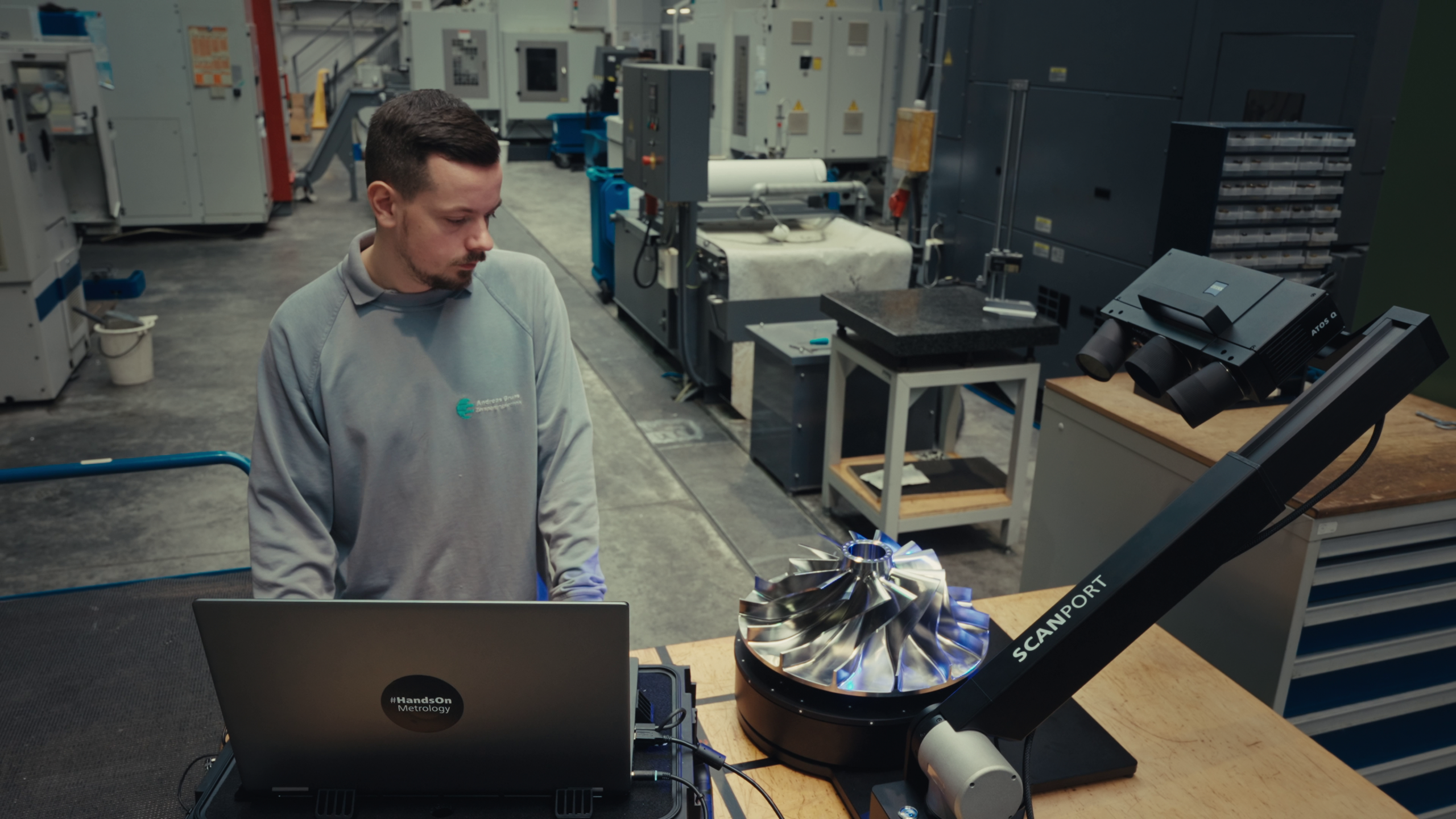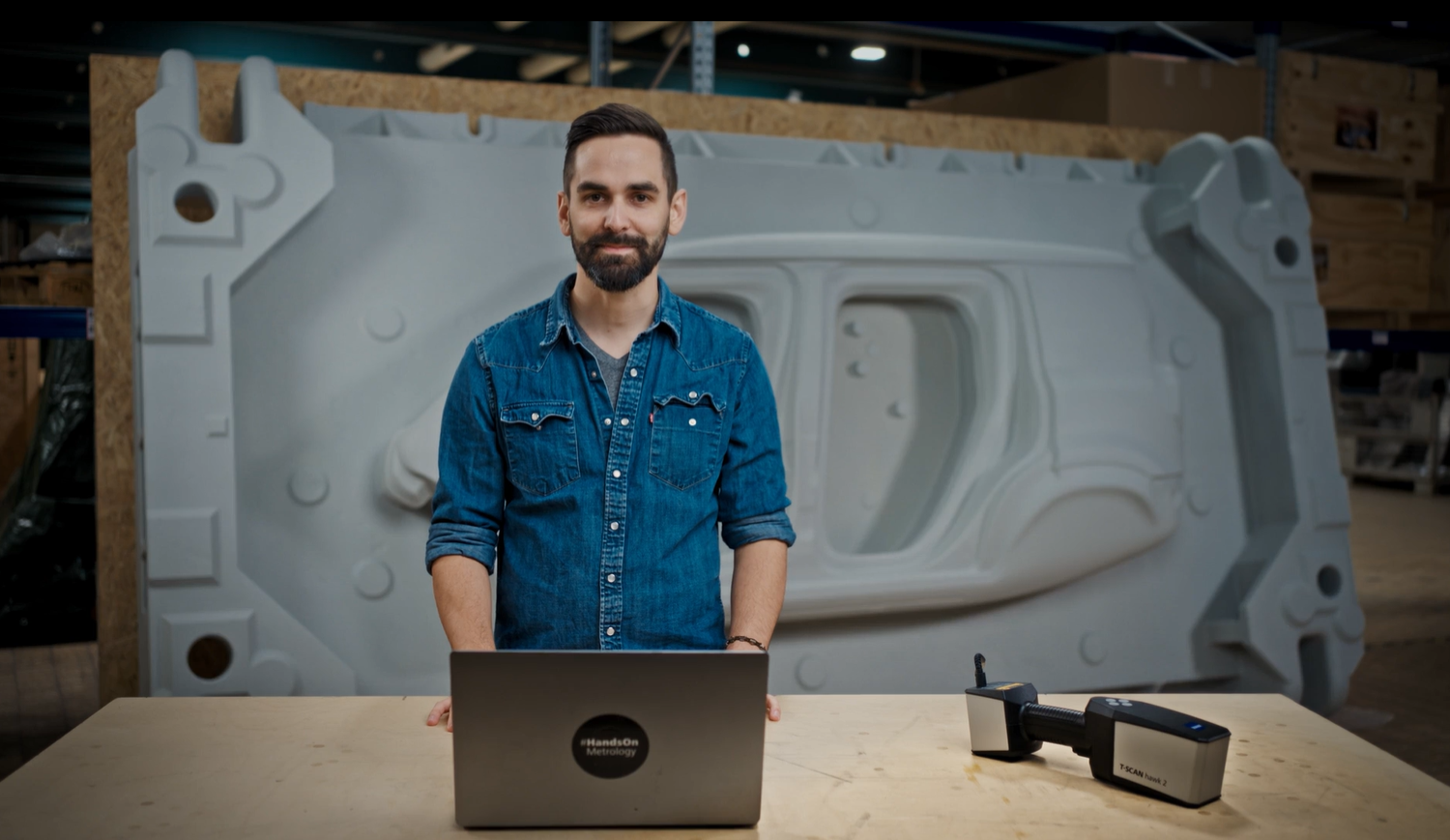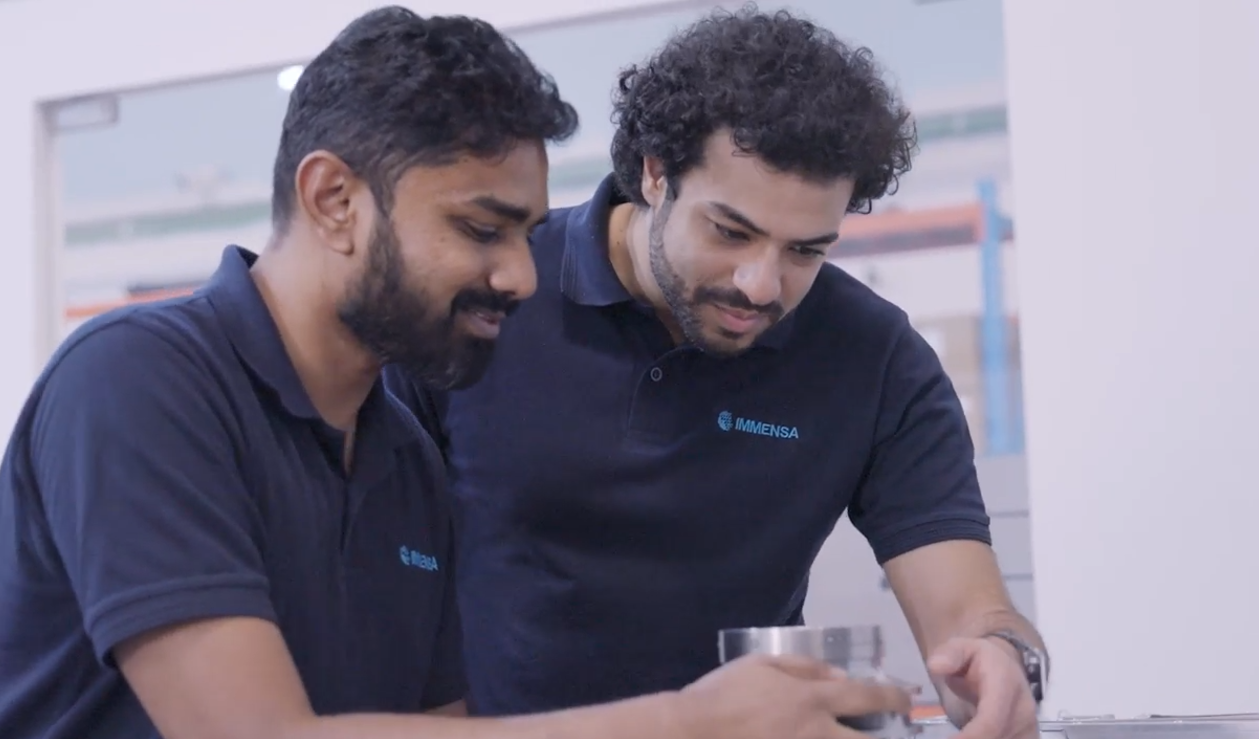Archeology meets 3D Scan-Technology
Museum of Research Schöningen: Archeology meets 3D scan technology
300.000 years of history are archived at the Museum of Research in Schöningen. 3D metrology solutions help to collect detailed information about the findings. Whether the reconstruction of parts or precise surface inspection: Thus the GOM Scan 1 and the software solution allow an insight into the past, which is accessible to everyone. Learn more about the Museum: https://forschungsmuseum-schoeningen.de/home
Newest Sessions
Andreas Bruns Zerspanungstechnik: Manufacturing of complex parts for aerospace
Discover the story of Andreas Bruns Zerspanungstechnik, a traditional contract manufacturer specializing in precision engineering for industries like aerospace. By utilizing ZEISS ScanPort with ATOS Q, they optimize their production and quality control and deliver highly accurate parts to their customers. Would you like to find out more about Andreas Bruns Zerspanungstechnik? Visit https://andreas-bruns.de/
How to level up T-SCAN hawk 2 with software 2026
Immensa: Precision in on-demand manufacturing
Most Popular
Getting Started – Basics
Getting Started – Next Steps
How to
Do you want to find out more about our solutions?
Get in touch with your local #HandsOnMetrology partner.


